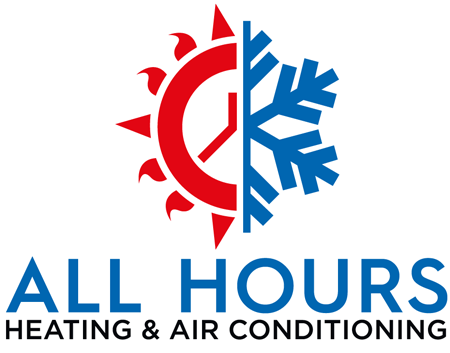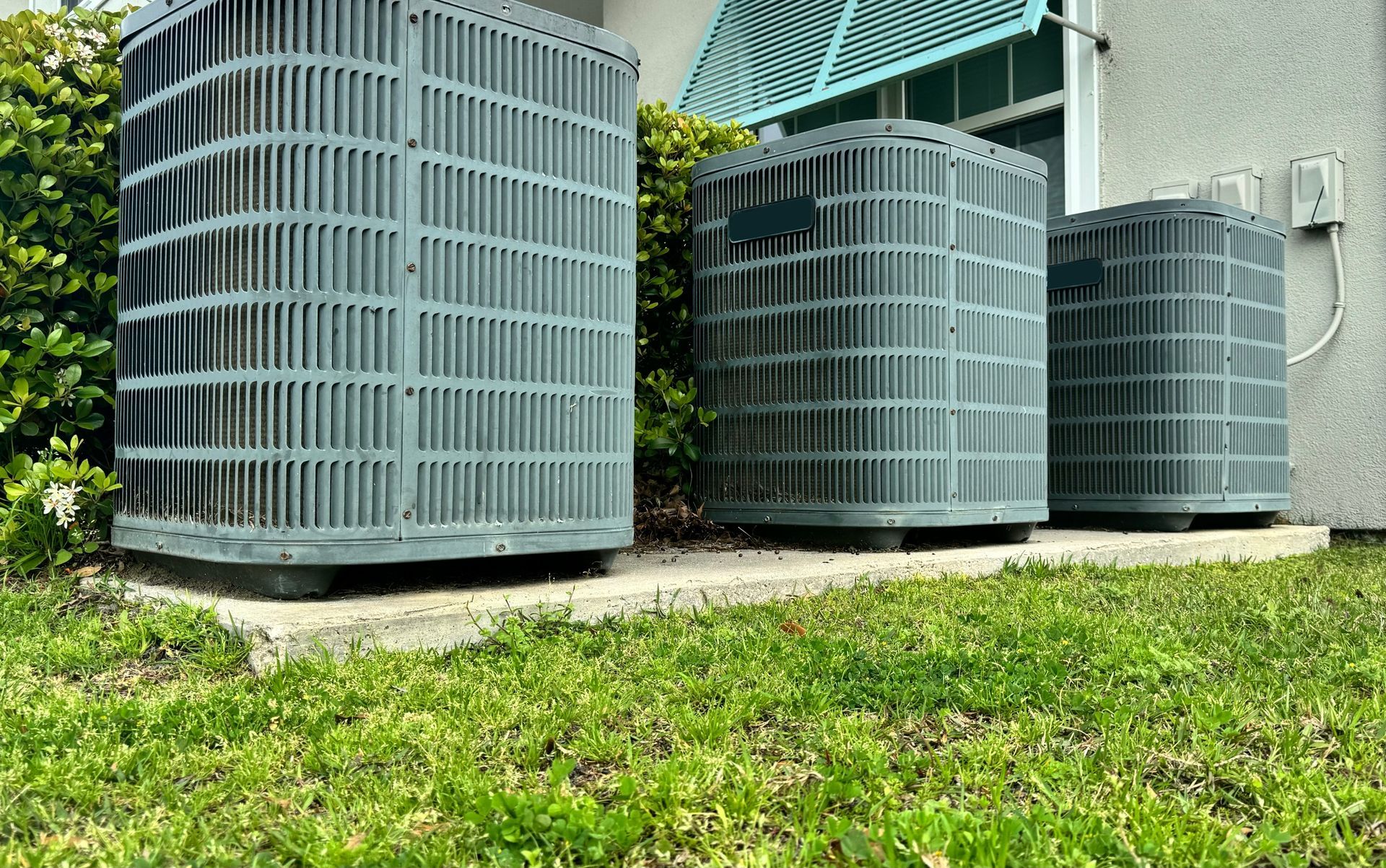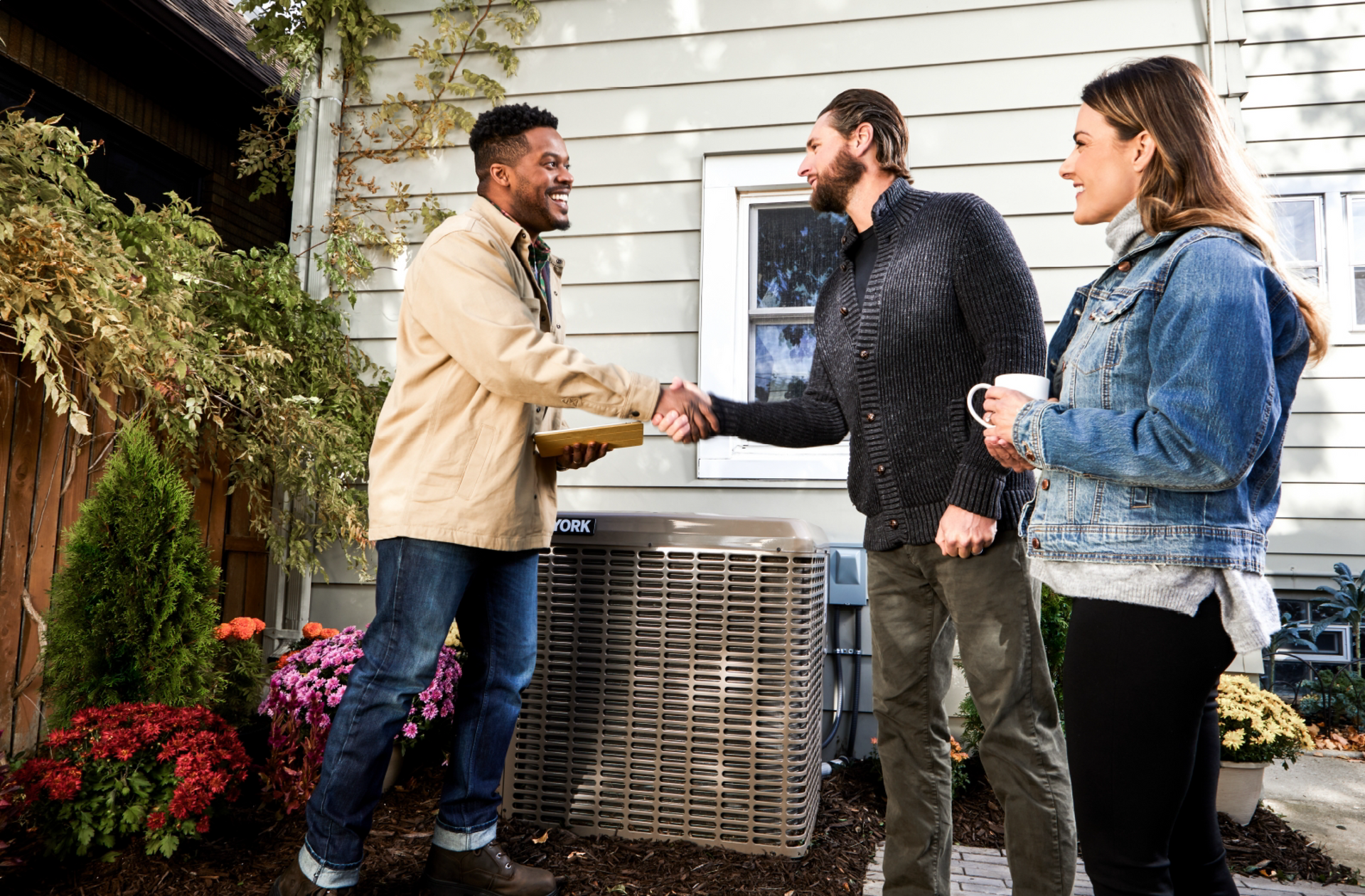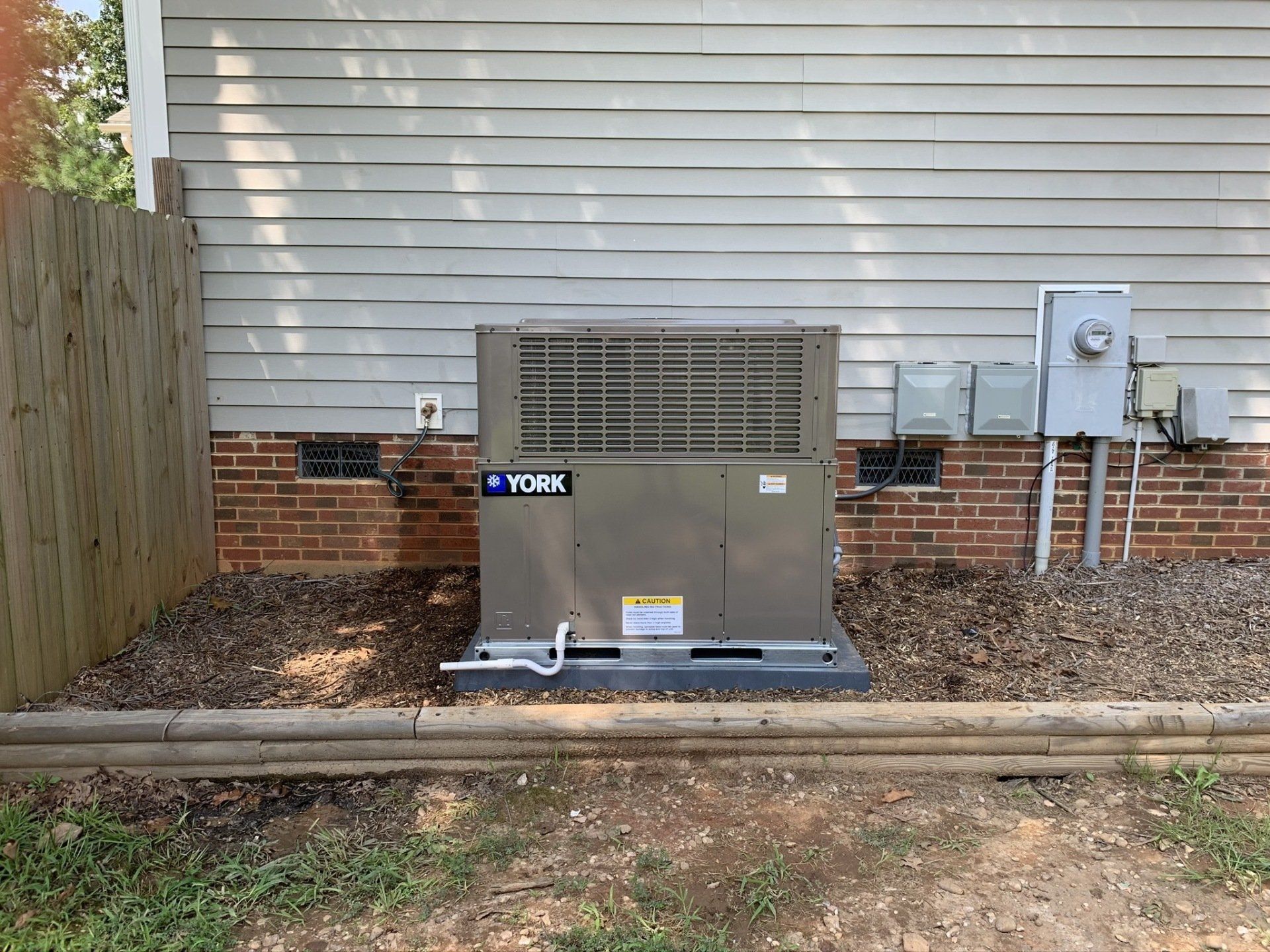What is a heat exchanger and how does it work?
During cold winters in Wendell, North Carolina, our furnaces keep us warm. But many people take for granted the combustion and heat exchange processes that actually pump that cherished heat throughout our homes.
One of the most important components of a furnace is the heat exchanger. But how does a heat exchanger work, and what happens if things go bad? How can you keep your furnace and heat exchanger healthy? Today, we’ll touch on all of those questions.
What is a heat exchanger?
A heat exchanger is a crucial part of your furnace with two critical (though simple) functions:
- The heat exchanger vents gasses produced during the combustion of propane or natural gas.
- During the venting process, while hot gas is in the heat exchanger pipes, the burning hot fumes warm the pipes, which radiate heat into the air around the pipes.
Through this function, the air in your home warms up, but the toxic combustion gasses don’t mingle with your clean home air.
What can go wrong with a heat exchanger?
The heat exchanger is the component in your furnace that takes the most abuse. It is constantly heating to extremely warm temperatures, which causes expansion and then cooling when your furnace stops burning fuel, which causes contraction.
With such extreme temperature cycles, it only makes sense that the part will not last forever and eventually become prone to cracking. And, unfortunately, when it does fail, cracked heat exchangers are very dangerous. They can be a fire hazard in your home, and they can leak those toxic gasses (like carbon monoxide) that the exchanger is supposed to vent. Those gasses can pose enormous health risks to you and your family.
How can you extend the life of your furnace and keep your family safe?
There’s no perfect way to do this, but hiring a pro to inspect and maintain your unit at least once per season is a great way to make sure your unit is clean, tuned up, and running efficiently, which can prolong the life of your furnace, including the heat exchanger. Likewise, pros will always look for signs of trouble (like cracking, corrosion, and other signs of weakness) in your heat exchanger. If you call a knowledgeable HVAC tech, they’ll often be able to catch the signs of a failing heat exchanger before it fails and becomes a hazard to you and your family!
